Top Lists
Biggest Ships Ever Built in History
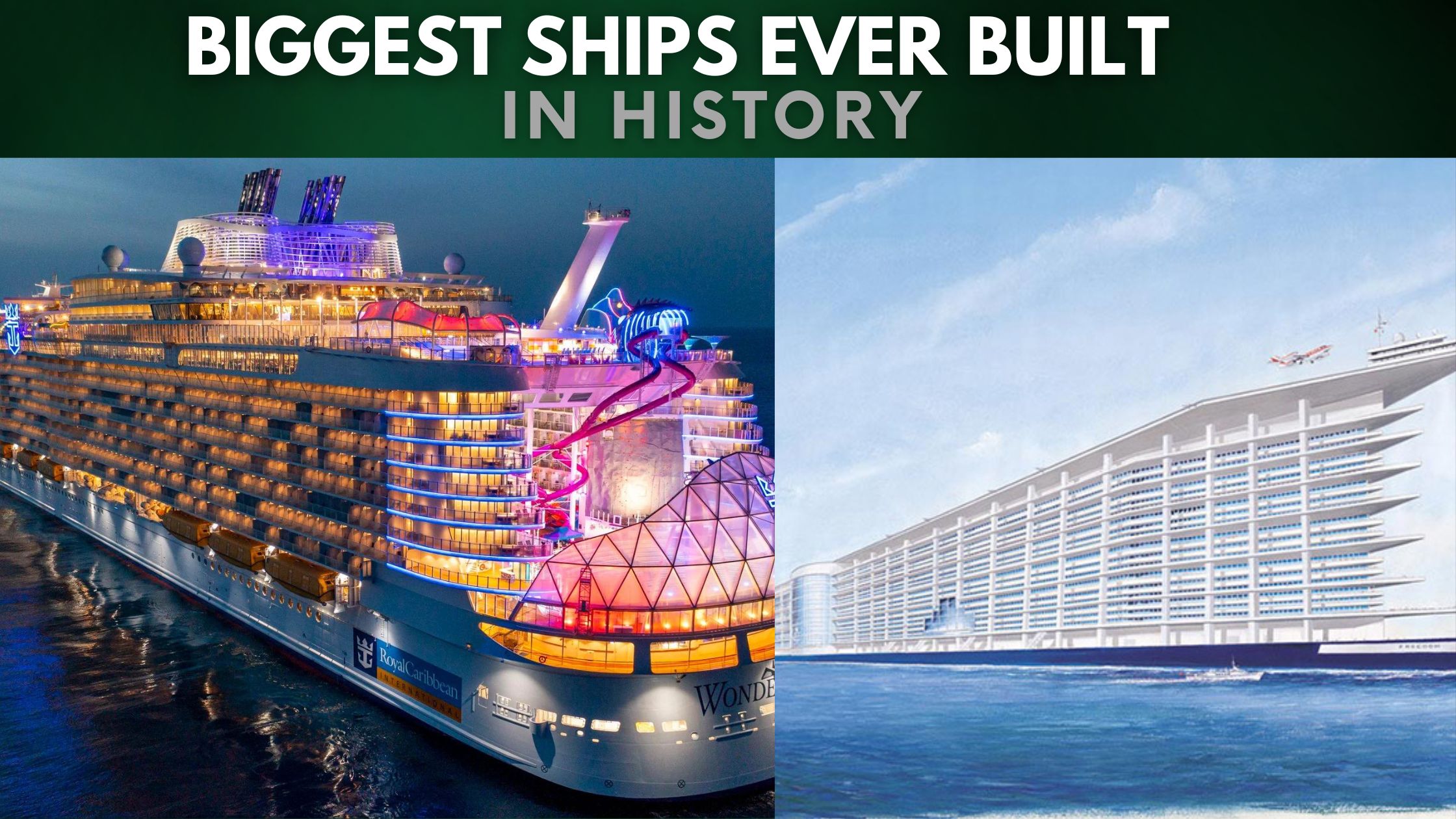
Throughout maritime history, engineers have built the biggest ships that showcase remarkable feats of innovation and technology. These massive vessels have left a lasting impact on the world, demonstrating human capabilities.
In this article, RNN will explore some of the most enormous ships ever constructed, delving into their impressive dimensions and the impact they have made on global transportation.
1. Freedom Ship
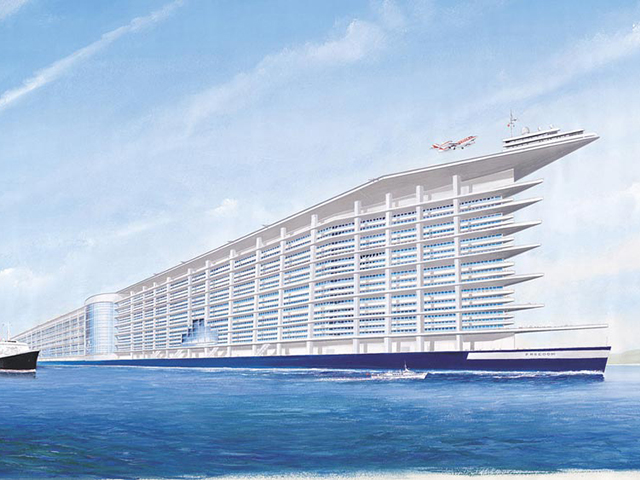
In the late 1990s, the Freedom Ship project was proposed as a mobile ocean colony, free from the laws of any nation-state. It aimed to create a floating city, not a regular ship, using a series of linked barges.
The envisioned Freedom Ship would be an integrated city, 1,800 meters long, providing housing for 80,000 people. It would have various facilities such as a hospital, school system, hotel, casino, offices, and duty-free shops, along with rapid transit. The city would continuously circumnavigate the globe, making regular stops at ports of call.
2. Seawise Giant (Knock Nevis) – The Supertanker
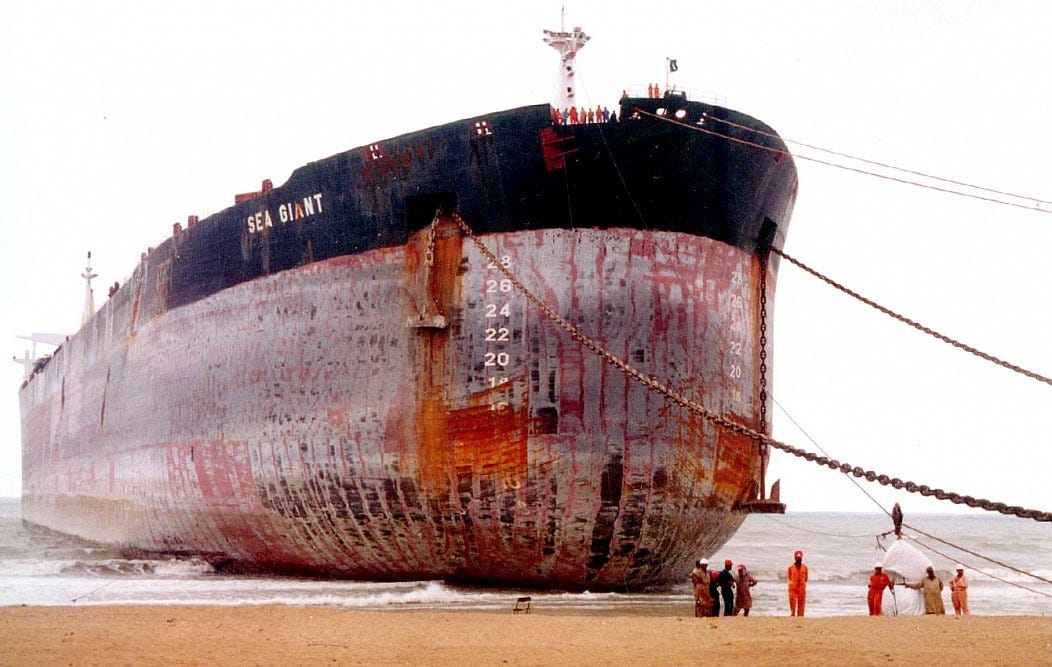
The TT Seawise Giant, also known as Oppama, Happy Giant, Jahre Viking, Knock Nevis, and Mont, holds the record as the longest self-propelled ship ever built. It was constructed between 1974 and 1979 by Sumitomo Heavy Industries in Yokosuka, Kanagawa, Japan. This ship had the highest deadweight tonnage ever recorded, weighing 657,019 tonnes when fully loaded.
Despite its impressive size, the Seawise Giant had some limitations. Due to its laden draft of 24.6 m (81 ft), it couldn’t pass through the English Channel, Suez Canal, or Panama Canal. Nevertheless, it remains one of the largest self-propelled ships in history. The Shell Prelude (FLNG) surpassed its length in 2013, measuring 488 m (1,601 ft) long and displacing 600,000 tonnes. This supertanker held a title that seemed insurmountable. Although it was eventually scrapped, its legacy as one of the most massive artificial vessels remains etched in history.
3. TI-class supertanker

The TI class of supertankers consists of four ships named TI Africa, TI Asia, TI Europe, and TI Oceania (as of July 2004). They were built by Tankers International, the ULCC tanker pool operator, making them the first ULCCs constructed in 25 years.
In terms of size, measured by displacement, deadweight tonnage (approximate cargo mass), and gross tonnage (a formula based on internal volume), the TI class ships are second only to Pioneering Spirit.
Compared to the TI class, the Maersk Triple E class container ships are longer and have a larger cargo volume, including above-deck containers.
4. Mærsk Mc-Kinney Møller (ship)
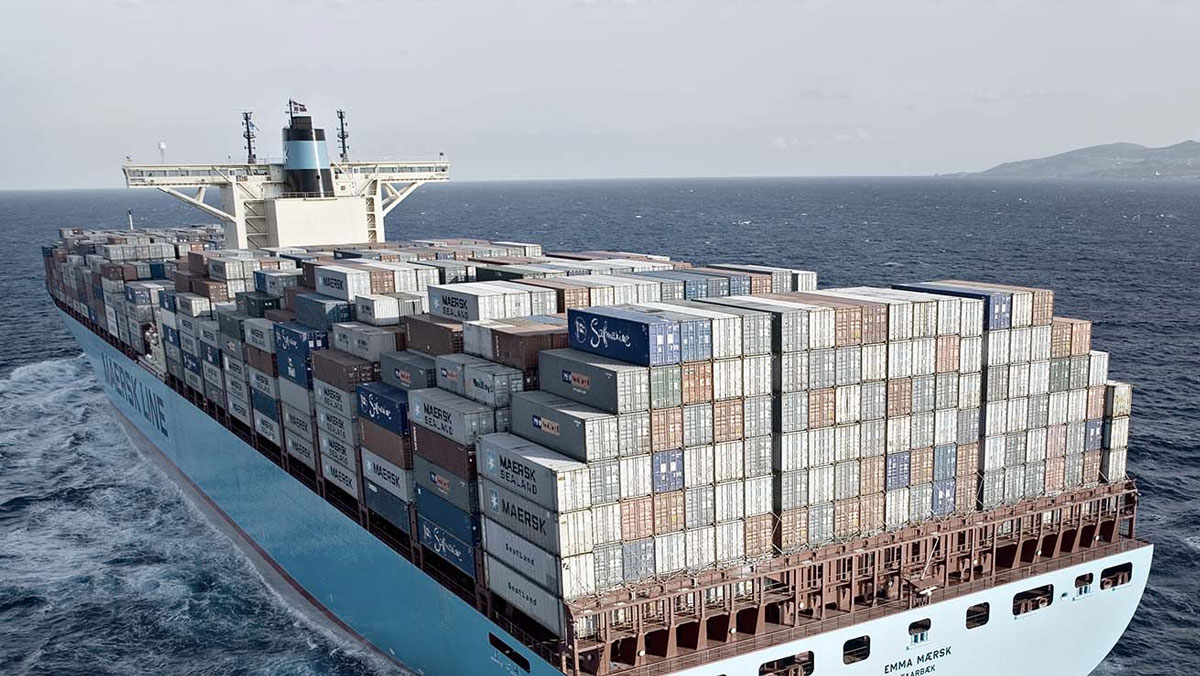
Mærsk Mc-Kinney Møller, the first ship of Maersk Line’s Triple E class, started its service in 2013. It had the largest cargo capacity in twenty-foot equivalent units (TEU) and was the longest container ship globally. Daewoo Shipbuilding & Marine Engineering (DSME) of South Korea constructed it, launching it in February 2013. This vessel is the pioneer of a series of 20 identical ships.
The Mærsk class stood out for its immense size and efficiency. These giants, with an impressive span of 1,302 feet, could carry an astonishing number of cargo containers. They ensured the transportation of goods across the globe in unprecedented quantities.
The scale of these container ships marked a turning point in international trade, driving economic growth and globalization.
5. CMA CGM Alexander von Humboldt
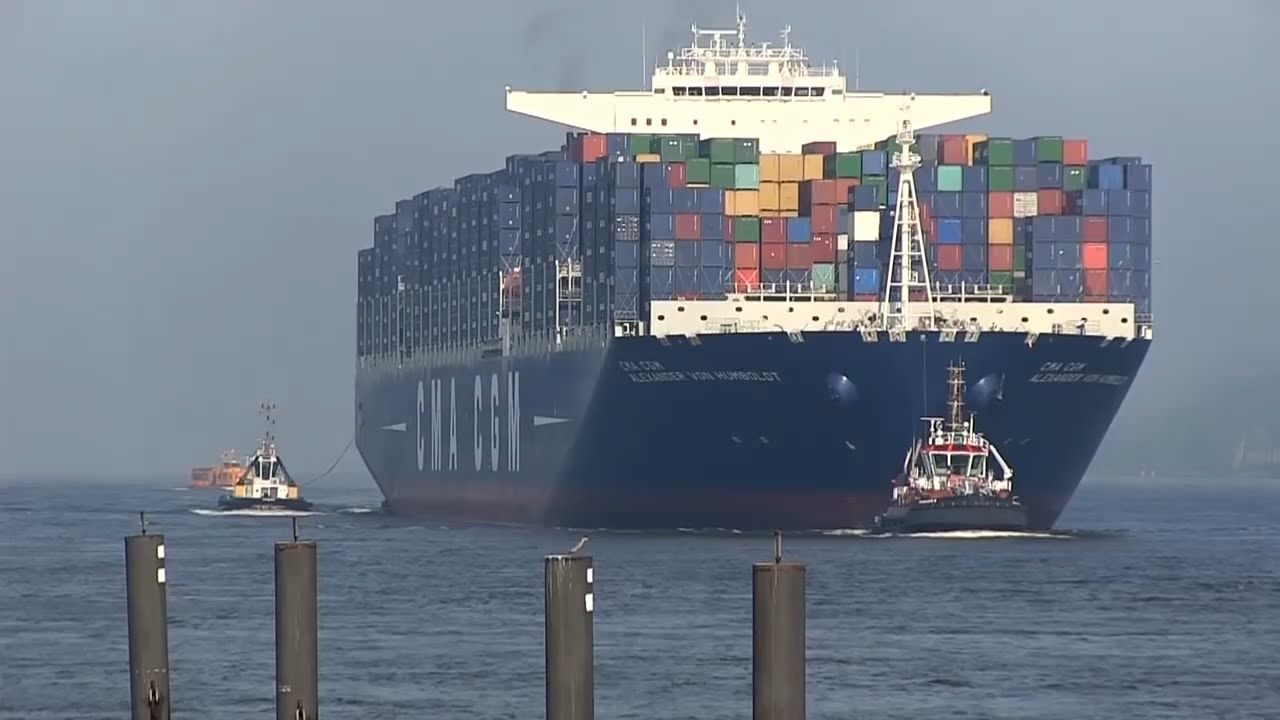
CMA CGM operates the Explorer class containership, Alexander von Humboldt, which serves the company. Instead of being named after Vasco da Gama, the ship received its name in tribute to the famous explorer Alexander von Humboldt.
With its delivery slated for June 2013, the Alexander von Humboldt boasts an impressive capacity of 16,020 TEU, securing its position among the biggest containerships globally.
Impressively, it stretches to a length of 396 meters (1,299 feet) and possesses a substantial dead weight tonnage of nearly 187,624 tons.
6. Oasis-class Cruise Ships
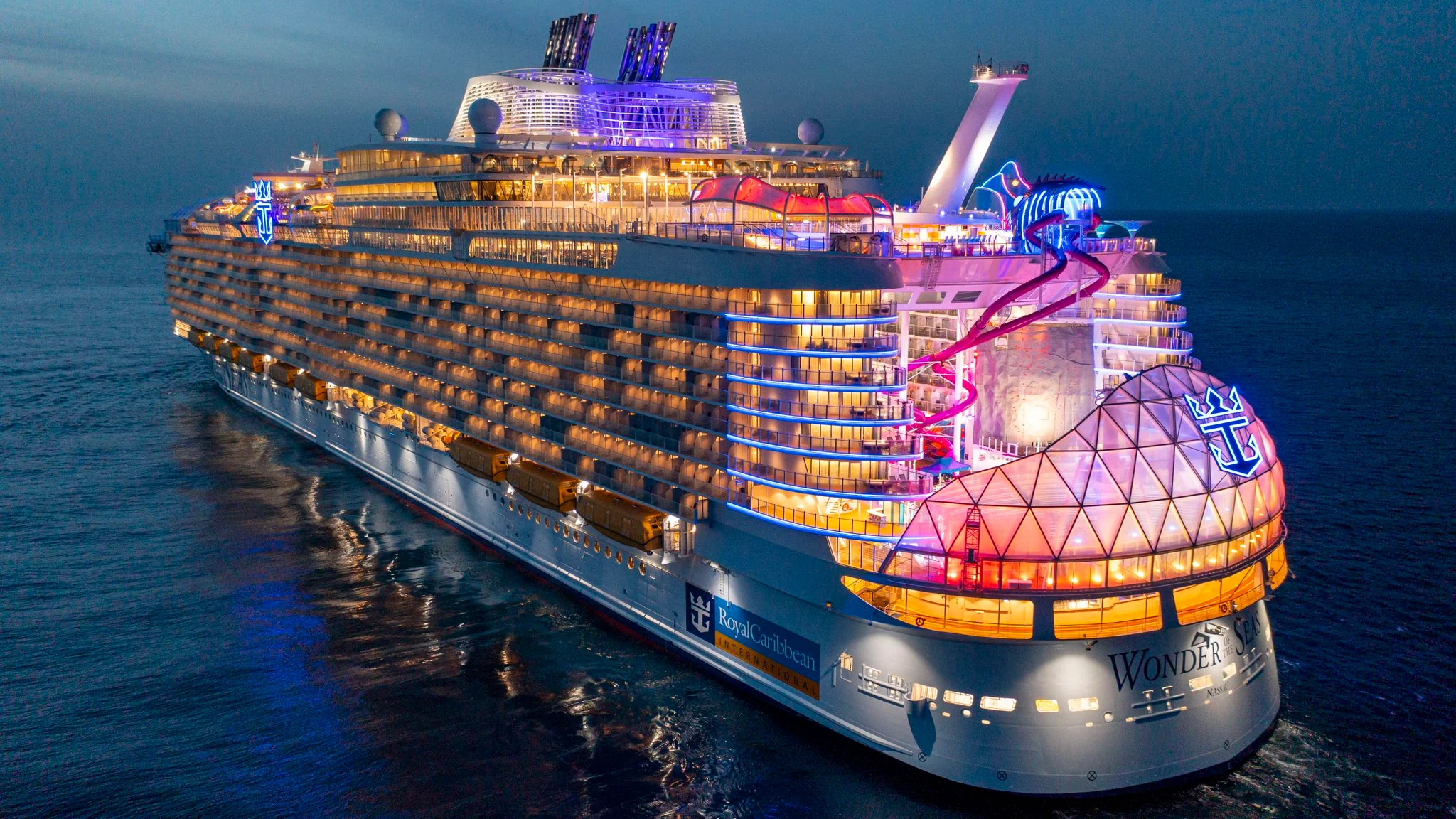
The Oasis class, consisting of 5 Royal Caribbean International cruise ships, has revolutionized the concept of luxury at sea. STX Europe Turku Shipyard in Finland delivered the first two ships, Oasis of the Seas and Allure of the Seas, in 2009 and 2010, respectively.
Harmony of the Seas, the third ship in the class, slightly surpasses the size of the first two ships. Meanwhile, Symphony of the Seas was the world’s second-largest cruise ship, but Wonder of the Seas surpassed its size when completed in 2022. At present, all ships in the Oasis class hold the distinction of being the world’s largest passenger ships.
There isn’t a vacation in the world that packs more adventure into one week than Oasis Class ships — Harmony®, Allure®, Symphony®, Oasis, Wonder® and Utopia of the Seas℠. With ships this packed with adventure, next-level thrills never end.
These cruise ships have redefined opulence, spanning approximately 1,200 feet and offering an unmatched array of amenities, from theaters and restaurants to artificial parks. Travelers can now experience unparalleled style while journeying across the oceans.
7. Esso Atlantic
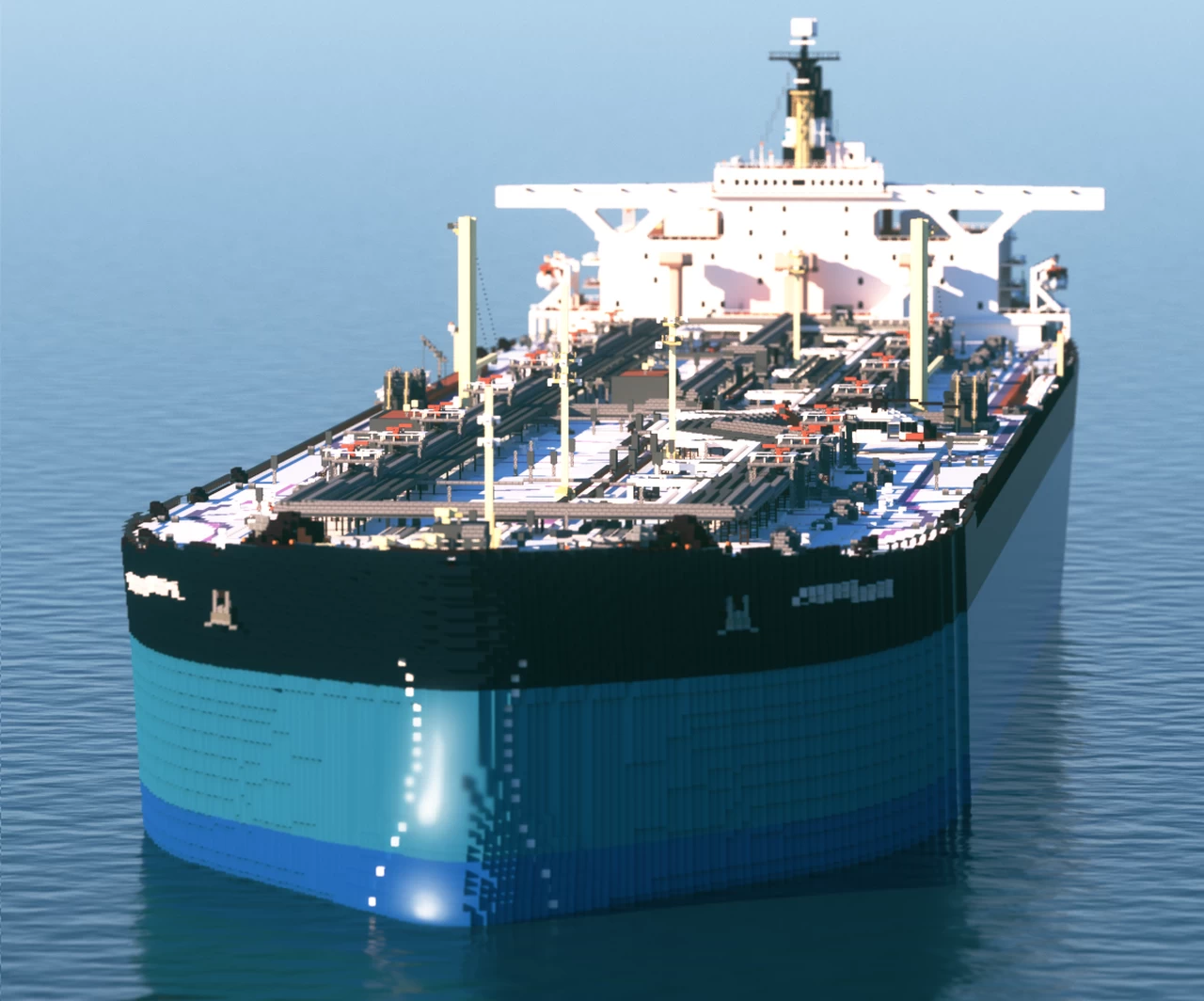
The Esso Atlantic, a significant name in the history of large ships, was an oil tanker. It had a length of 406.57 meters (1,333.9 feet) and a deadweight tonnage of 516,891 tons. It was scrapped in Pakistan in 2002.
8. The Prelude FLNG – Floating Liquefied Natural Gas Facility
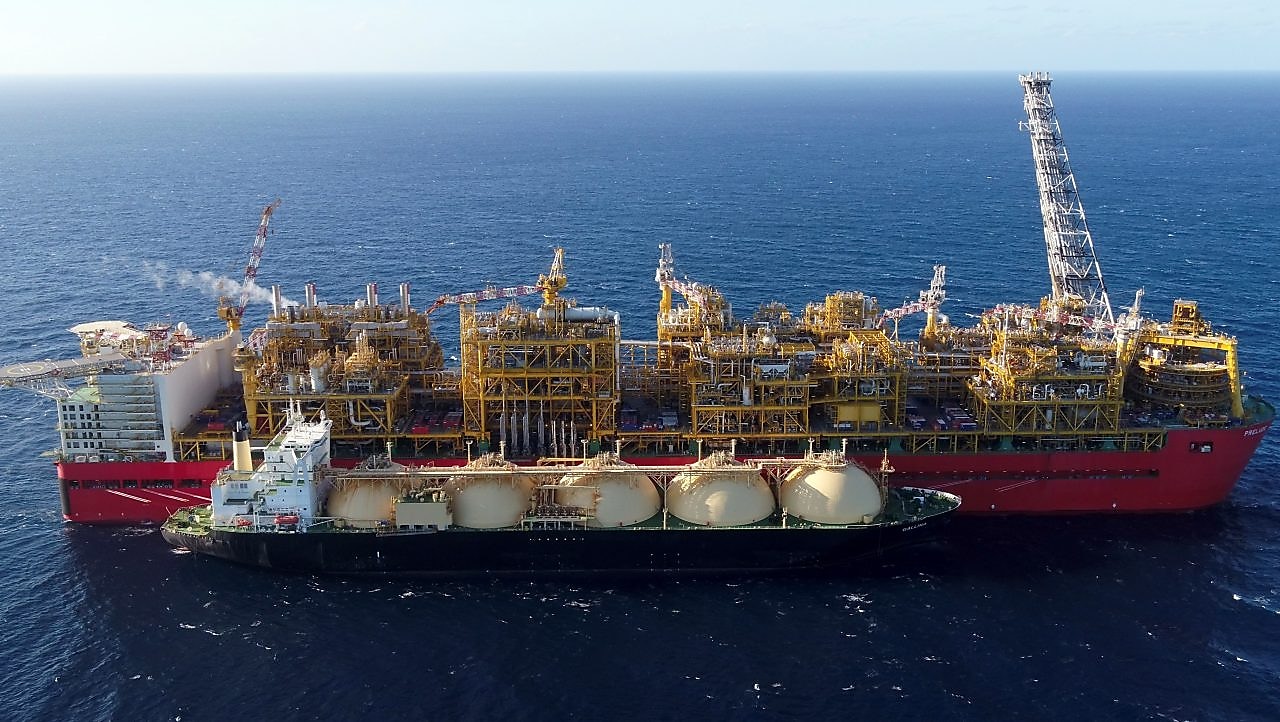
Shell plc owns the Prelude FLNG, a floating liquefied natural gas platform built by the Technip-Samsung Consortium in South Korea. It was made for a joint venture involving Royal Dutch Shell, KOGAS, and Inpex. The hull was launched in December 2013.
The platform is massive, measuring 488 meters long and 74 meters wide, constructed with over 260,000 tonnes of steel. When fully loaded, it displaces around 600,000 tonnes, over five times that of a Nimitz-class aircraft carrier. This makes it the world’s largest floating liquefied natural gas platform and the biggest offshore facility ever built.
The Prelude FLNG facility is an excellent example of the energy sector’s innovations. It allows for the extraction and processing of natural gas at sea, marking a significant milestone in utilizing offshore resources.
9. Berge Emperor
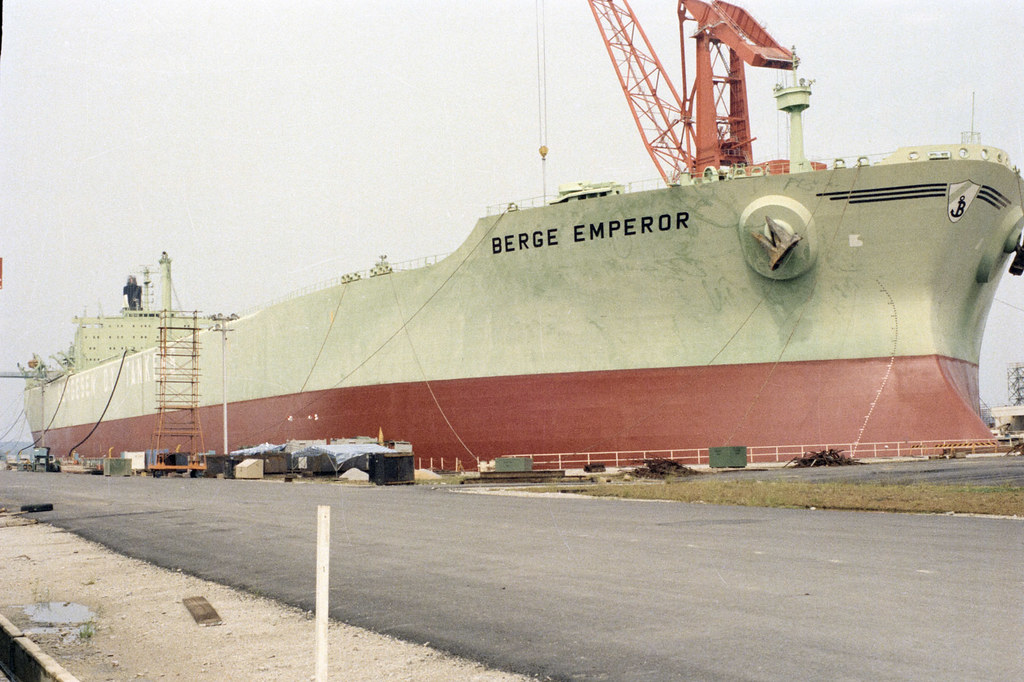
The Berge Emperor, constructed in 1975 by Mitsui in Japan, was a massive measure of 391.83 meters (1,285.5 feet), making it one of the world’s longest ships.
The ship began its journey on 30th August 1975 under Bergesen d.y. & Co-ownership. In 1985, Maastow BV bought it and changed its name to Emperor. Regrettably, the ship got scrapped in Kaohsiung, Taiwan, on 30th March 1986.
This ship consists of two vessels, the Berge Emperor and the Berge Empress, with a combined length of 381.82 meters.
10. The Quantum Class Ships
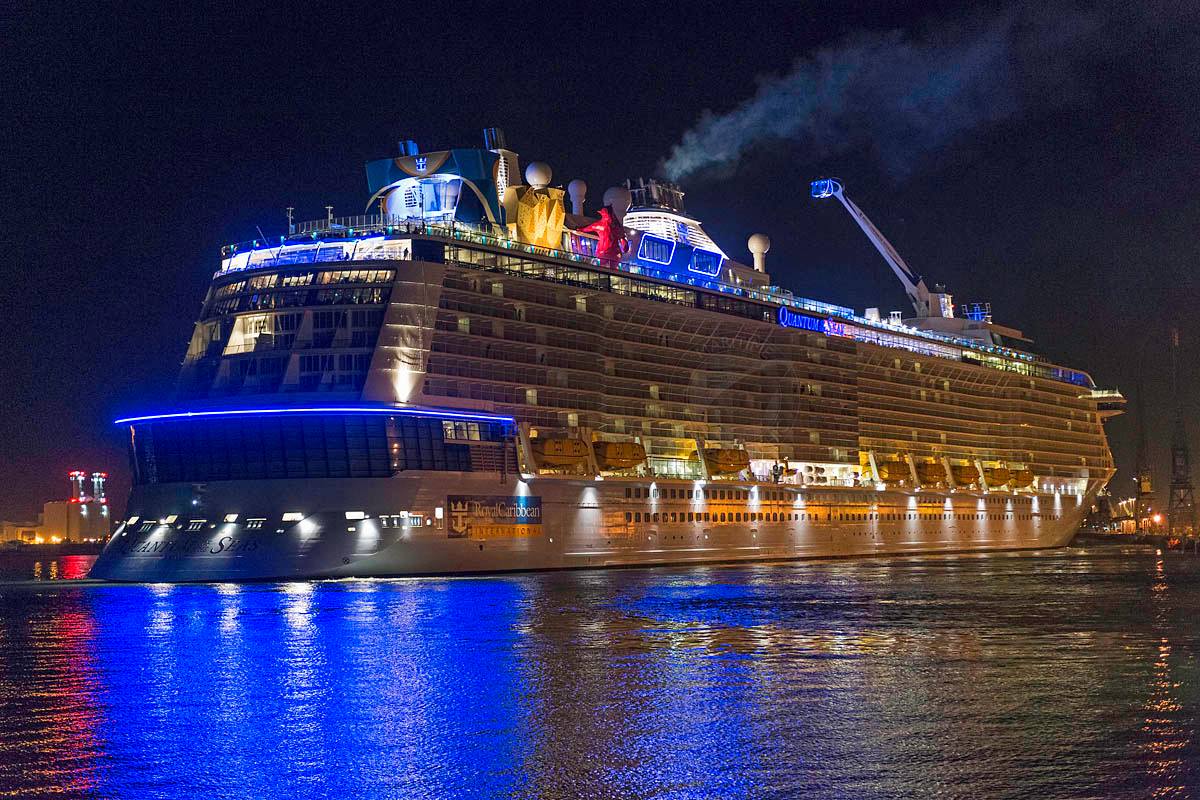
Royal Caribbean International named its Quantum Class cruise ships “Project Sunshine” in the past. They have a tonnage of 168,666 GT and a length of 348 m (1,141 ft 9 in).
These ships are the newest and most advanced in the Royal Caribbean fleet. They offer popular activities, various dining options, and cutting-edge technology.
The designers created the Quantum Class with innovation, offering thrilling onboard activities such as the skydiving simulator “RipCord by iFLY” and the observation tower “North Star.”
Royal Caribbean’s Quantum Class includes five cruise ships:
- Quantum of the Seas
- Anthem of the Seas
- Ovation of the Seas
- Spectrum of the Seas
- Odyssey of the Seas
In conclusion, the history of shipbuilding has witnessed remarkable achievements in engineering, resulting in the creation of the largest ships ever known to people. From supertankers to cruise ships and innovative energy facilities, these vessels showcase the ability of human ingenuity.
